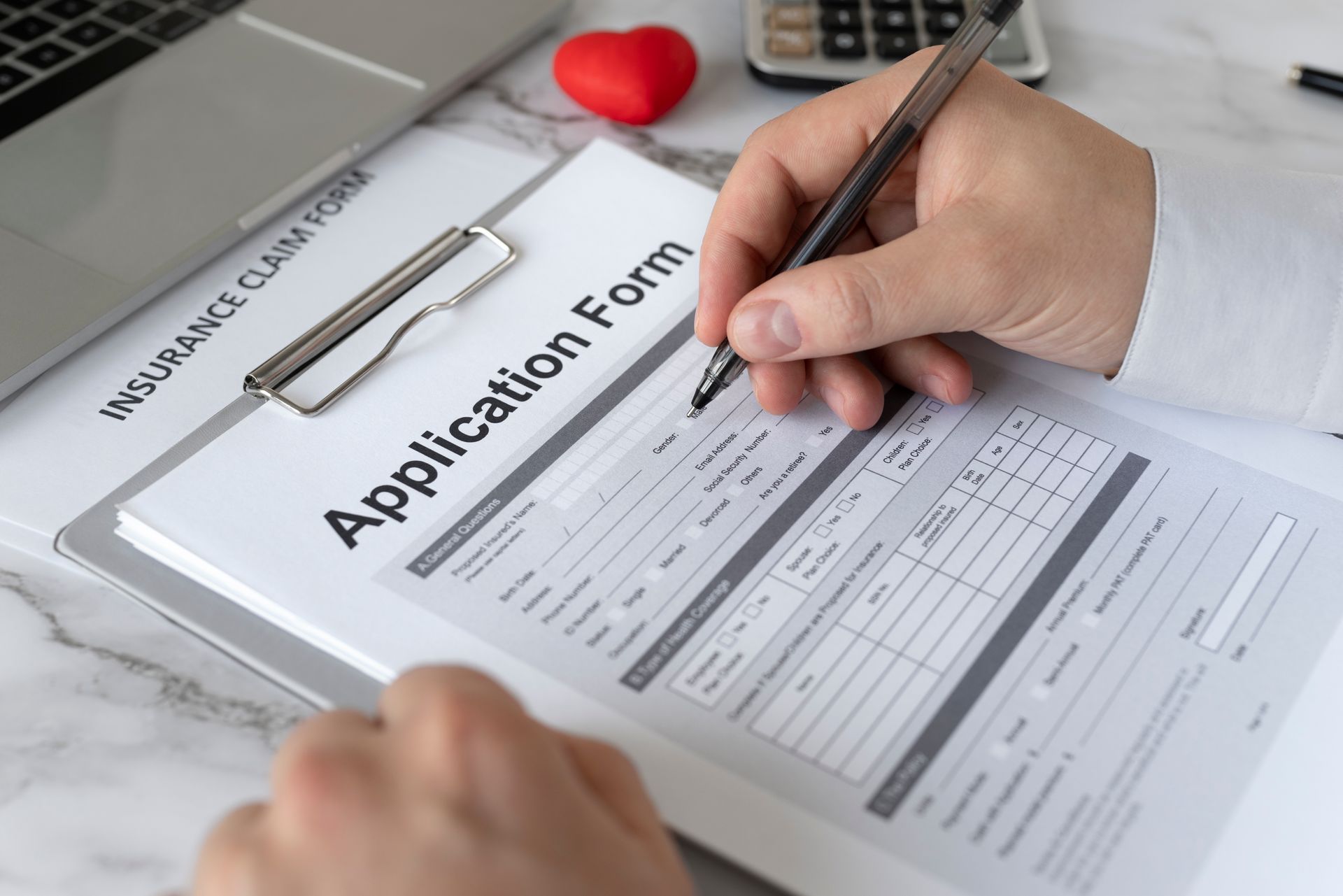Canadian Spousal or Common Law Partner Sponsorship Top Tips
It is important that your application to sponsor your spouse or partner for immigration to Canada is perfectly prepared when it is submitted for processing, or it will be returned to you – which means months of wasted time. Simply following the spouse sponsorship to Canada checklist is often not enough to ensure that your application is accepted for processing on the first submission attempt. This post offers our best practice tips to help ensure that your family sponsorship application is successful the very first time that you submit it.

1. Understand the categories for partner sponsorship and the different criteria for each.
There are three categories of partner with eligibility to be sponsored and two different methods of sponsorship.
Categories of eligible sponsorship
partners include:
- Spouse – a person to whom you are legally married
- Common law partner – a person with whom you are in an exclusive, committed relationship and with whom you have cohabited for a minimum of 12 months
- Conjugal partner – a person with whom you are in an exclusive, committed relationship for at least 12 months but, for reasons outside of your control, you are unable to legally marry or cohabit with
Categories of sponsorship include:
- Family Class Sponsorship
- Application is processed in a visa office outside of Canada
- If an interview is required, it will be held at a visa office outside of Canada
- Sponsor and sponsored spouse may live together or separately during processing
- Only a Canadian citizen can sponsor while residing outside of Canada
- Sponsored spouse has no option to apply for a work permit in Canada due to sponsorship application
- Travel is permitted during processing
- Appeal is possible for refusals
- Inland Spouse or Common Law Partner Sponsorship
- Application is processed in a visa office inside of Canada
- If an interview is required, it will be held at a local office inside of Canada
- Sponsor and sponsored spouse must reside together during processing
- Sponsored spouse has the option to apply for an open work permit in Canada due to the sponsorship application, and can start to work while waiting for PR to be approved
- Travel outside of Canada by sponsored spouse is not recommended during processing
- No option to appeal refusals
2. Don’t apply until after you meet the eligibility criteria.
Your application will be refused if you apply before you are married, or before you meet the definition of common law. Ensure that all of your forms and supporting documents are signed after the date at which you are eligible. If you apply in advance of actually meeting the criteria, your application will be refused and you will have to do it again.
3. Ensure that your marriage is legal.
To start with, both of you need to be legally free to marry, which means that if a divorce is required from a previous partner, it needs to be finalized BEFORE you get married to your new partner. You also need to ensure that your new marriage is legal in the country in which you were wed.
4. Maintain temporary status in Canada until after your PR is finalized.
If you are planning to remain inside Canada while waiting for the outcome of your sponsorship application, you need to ensure that you maintain valid temporary status until you become landed as a Permanent Resident. Just
applying for Permanent Residence by itself does not extend your temporary status – you still need to apply for an extension of your visitor record, work permit or study permit as applicable. You create several unnecessary issues for yourself if you run out of status during processing.
If you are already out of status inside Canada, you can still apply for Permanent Residence under the inland category by making use of the public policy for out of status spouses.
5. Use the most recent forms package.
IRCC changes its forms frequently and you need to send the most recent forms in your application package or it will be returned to you. Check the validity dates on the forms package online against the ones you have completed before submitting your application.
6. Use N/A throughout your forms
It’s important that you don’t leave any questions on the forms unanswered. If a specific question does not apply to you, write N/A to show that it is not applicable in your case.
7. Wait on your medical exam.
Your medical is only valid for 12 months after it is completed, and it must be valid at the time you become landed as a PR. If you take your medical too early, you may have to repeat it, which is costly and unnecessary. You can wait to take it until it is requested by IRCC, or if you want to do it upfront, schedule the exam once your application is prepared and ready to submit.
8. Include everyone.
Make mention of previous marriages, common law partnerships and all of your children – biological or adopted. Although the IMM0008 only requires that you include your children who are less than 22 years of age, the Additional Family Info form requires that you mention all of your children, even adult children.
9. Stay friendly with your exes.
If you have children under the age of 22 from within a previous relationship, you will need to have those children take a medical exam as part of your application for Permanent Residence. If those children are in the custody of an ex-spouse, you will need to be on good terms in order to have the children taken to the medical exam. If your ex-partner refuses to co-operate, your application for Permanent Residence will certainly be delayed.
10. Prepare the package properly.
Get rid of the paperclips, sticky tabs, plastic dividers and staples (except for translations and notarized documents). IRCC wants to be able to make a scanned copy of your application and will not appreciate spending time removing staples or plastic tabs. You can bind your application together with one binder clip for the entire package; or use a large elastic band to hold everything in order.
Print the forms on one side of the page only. Keep a copy of everything that you are sending, exactly as you plan to send it. Send the package via courier or registered mail so that you have proof of where it was delivered and when.
11. Monitor your email.
IRCC will generally communicate with you via email. It’s important that you monitor your email account on a regular basis, and check the junk mail folder often. You will be given deadlines to provide additional information and these deadlines are generally inflexible. If you miss responding to an email, you risk having your application refused.
The Way Immigration regularly works with Spousal and Partner sponsorship applications. These are just a few of the most frequent, practical instructions that we provide to clients when we meet with them or review their Spousal or Common-Law Partner Sponsorship applications. There are other important factors that are individual to each clients’ situation and that may have a significant effect on your application. It is our best advice to either hire a
Alberta immigration representative to manage your entire application process, or at least have your application reviewed by a professional before you submit it. The cost of the professional fees is money well spent to ensure that the application is done right, the first time.











